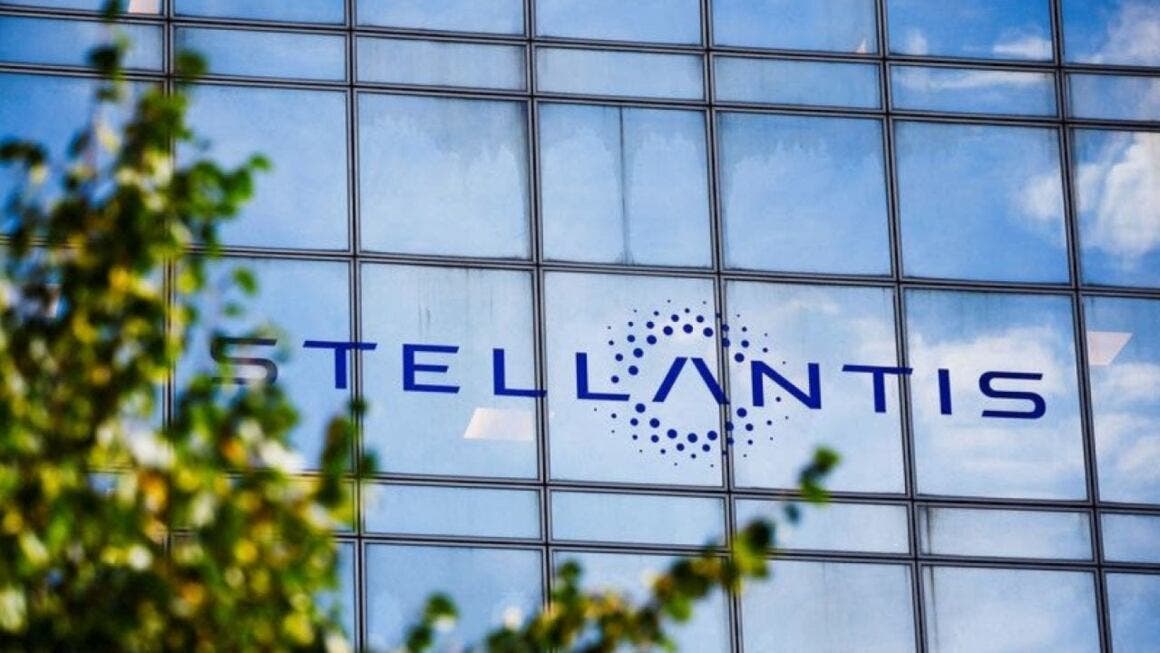Observing the automotive sector’s trends, between failed mergers that were later revived and strategic alliances between major groups, one needs a good compass to navigate. The sky above Stellantis seems increasingly crowded with heavyweight competitors and threatening giants among which it must assert its global position.
Who really controls this colossus, currently the world’s fourth-largest manufacturer? Well, recently, something has changed. On February 10, the group’s three main shareholders (Exor, Peugeot Invest, and the French State through Bpi) further consolidated their dominance over the company. A document filed with the American SEC revealed that these partners will arrive at the April 15 shareholders’ meeting with a voting package exceeding 48%, thus ensuring decisive influence over the group’s strategies.
Stellantis: here’s who pulls the strings of the automotive group and its brands

According to Italian media, the key to this change lies in the €3 billion buyback program launched by Stellantis in 2024. The repurchase and cancellation of shares reduced the number of outstanding shares from 3.1 to approximately 2.7 billion, and available votes from 4 to 3.6 billion, increasing the weight of major shareholders without them having to acquire new stakes.
The current shareholding situation is therefore as follows: Exor (the holding company of the Elkann and Agnelli family) owns 16.4% of shares and 24.9% of voting rights; Peugeot Invest holds 8.9% of shares and 12.4% of votes; the French State through Bpi controls 7.3% of shares and 10.9% of votes.
Collectively, these three partners hold 32.6% of capital and a substantial 48.2% of voting rights, a threshold that gives them almost absolute decision-making power. The three major shareholders can thus independently determine Stellantis’ strategies, including the approval of extraordinary operations such as mergers or acquisitions.
This structure centralizes power and raises questions about governance in Stellantis. Greater control by Exor, Peugeot Invest, and the French State could represent a strength, but at the same time, it remains essential to balance the interests of other investors.
John Elkann, who is currently serving as CEO, seems to want to reorient the group, slowing down the race toward electric vehicles to focus strongly on hybrids. It’s worth remembering that with power shared among the three main partners, Exor alone cannot make autonomous decisions. Similarly, neither Peugeot Invest nor Bpi possess a qualified majority.

The next moves will be crucial, especially for reconquering the American market, which represented a weak point for the group in 2024. Complicating the situation are the 25% tariffs on foreign cars threatened by the Trump administration, a significant problem for Stellantis, which produces some Jeep and Ram vehicles in Mexico.

